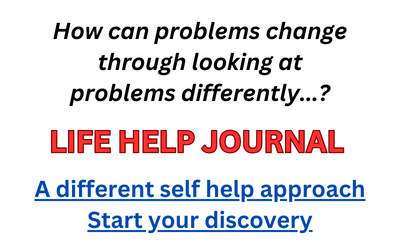Dying To Be Me: My Journey from Cancer, to Near Death, to True Healing is yet another work authored by someone who’s experienced a near death experience, or an NDE (there have been many such works). For those who may be unaware NDEs are visits into the dimension beyond human life, described by people who were thought to have died. Though NDEs are often met with skepticism or outright denial, I find them to not only be credible — in part because so many of them have been documented — but insightful and also inspiring.
Dying To Be Me, written by Anita Moorjani, is probably the most compelling NDE I am aware of because of its descriptive about seemingly miraculous healing. Moorjani’s NDE was brought about by what was thought to be terminal cancer, a disease process that had been ongoing for years. When Moorjani had her NDE she was in hospital for what was presumed to be, finally, her physical termination. Only Moorjani didn’t die; in fact, she emerged from her NDE completely cured of cancer.
This should have been medically impossible. But it happened nonetheless.
Moorjani describes being given the insight during her NDE that she caused her own cancer through an ongoing mental focus on fear — including a fear of cancer. Moorjani also says that not valuing herself — diminishing herself often and not cherishing and celebrating her being — were significant causes of her illness as well. In fact, according to the NDE insights Moorjani received, the full cause of her disease was not at all physical but rather the result of chronic negative mental focus.
To put this another way, Moorjani’s cancer was an inside job.
This insight reinforces so much metaphysical literature that claims the state of the body, and for that matter the state of our entire external experience, is but a reflection of our internal orientation. If we are engaged in mental focus that is somehow self-destructive, such as self-criticism and other types of negative or pessimistic self-talk, this will literally be recreated through the state of our physical body and also our external circumstances. If, on the other hand, we engage in habitual self-love and other positive mental reinforcements, then we create a healthy existence — including the state of our bodies.
If there is anything lacking in Dying To Be Me it’s that Moorjani doesn’t offer much in the way of specific details for how to cultivate positive internal states of being, so as to create happiness and good health. Moorjani essentially states in Dying To Be Me that creating a positive internal state of being is something that should be left up to the individual, and that she doesn’t want encourage something like a dogma for how to go about this.
Understandable, but a bit more guidance would have been useful than Moorjani’s repeated advising to recognize our magnificence and to love ourselves unconditionally. This advice is all well and good, but what’s a means for accomplishing it? (One way that I personally recommend is to make regular mental declarations such as I am perfect, I am love, I am magnificent, and similar statements.) Even with this perceived shortcoming however, Dying To Be Me:My Journey from Cancer, to Near Death, to True Healing is still an exceptional work, and yet more evidence for existence not ending at physical death — and more refutation for those who claim otherwise.
Find Dying To Be Me Here.

